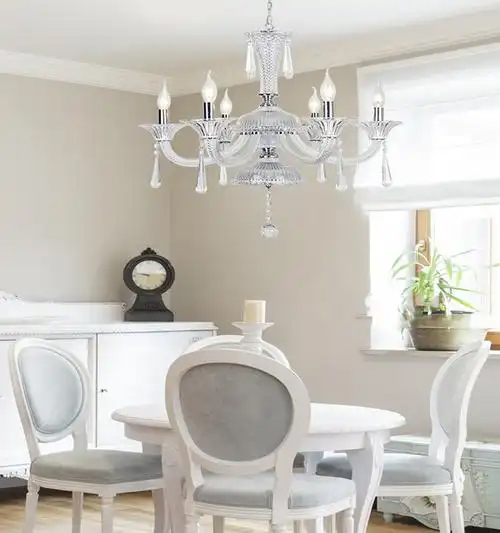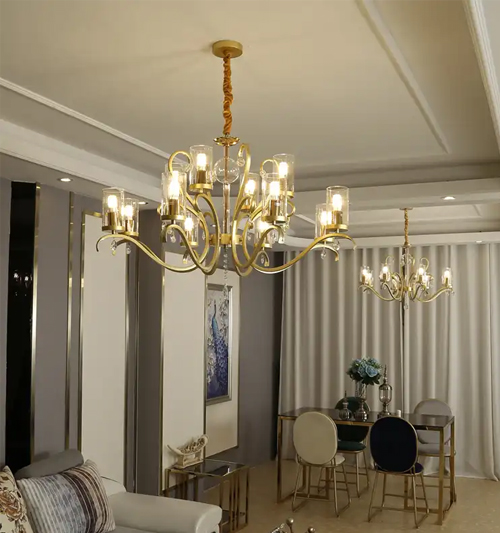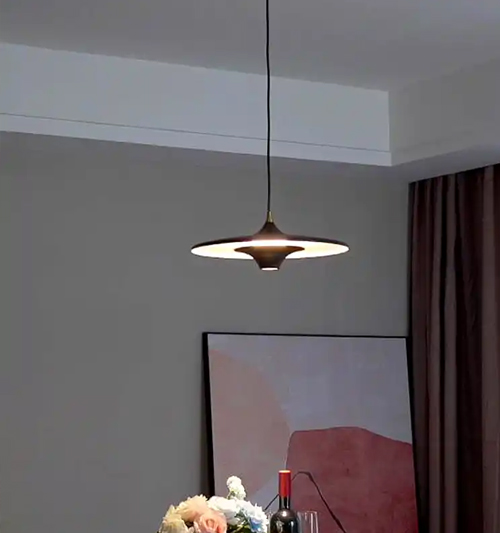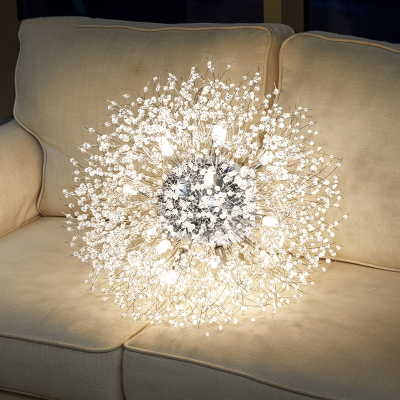Lighting is inseparable from lamps. Lamps are the concentrated embodiment of light. They are not only tools to complete architectural functions and create visual conditions, but also part of architectural decoration. They are the unity of lighting technology and architectural art. Therefore, the requirements for lamps must be functional, economical and artistic. With the continuous changes in architectural space, furniture scale, people's ideas and lifestyles, the light source, material, style, and setting method of lamps have undergone significant changes. The combination of lamps and indoor environment can form various styles of indoor atmosphere. Therefore, modern lamps not only play the role of indoor lighting, but also an important part of creating an environmental atmosphere. When considering indoor lighting, the first thing to consider is the unification of the style of indoor lamps. The various lighting fixtures used, such as chandeliers, wall lamps, table lamps, floor lamps, etc., must not only be unified in shape, material, color, etc., but also be coordinated with the overall indoor decoration style (referring to the overall tone formed by the shape and color of all objects in the indoor space) to meet people's aesthetic requirements and create good lighting decoration effects.

At present, there are many kinds of materials for making lamps, including metal, ceramics, glass, plastic, bamboo, wood, paper, etc., and the sources of materials are wide. In addition to economy, choosing the right lamp material should also consider the overall environmental conditions, material texture, decorative effects, etc. to create different atmospheres. Lamps made of glass and transparent plastic materials can create a delicate and vibrant atmosphere. Lamps made of chrome or nickel-plated metal materials can show a strong sense of modernity. Lamps made of natural materials such as stone, ceramics, and bamboo often give people a sense of simplicity and intimacy.

Objects illuminated by natural or artificial light sources must have sufficient brightness to present colors so that the human eye can feel the colors. When the light disappears, the colors disappear as well. At present, the light sources used for artificial lighting include incandescent lamps, fluorescent lamps, halogen tungsten lamps, high-pressure mercury lamps, high-pressure sodium lamps, metal halide lamps, etc. In order to create architectural space effects and artistic effects that are in line with architectural functions and conducive to production and cultural activities, attention should be paid to the coordination of light and color. Like light and color, there is also a distinction between cold and warm in people's psychological perception. Light is explained by color temperature, and color is expressed by color images. The two are very similar. Therefore, the color of the light can be flexibly combined with the texture, color, illumination, etc. of the interior decoration materials to create a suitable environment atmosphere. If low color temperature light is used to create a warm and soft atmosphere, the softness of indoor wood, fabrics, carpets, etc. can be enhanced. In hot southern areas and places where low color temperature light sources such as incandescent lamps and warm white fluorescent lamps are used, cool and peaceful tones should be used as the indoor tone. For places with low illumination, low color temperature light sources should be equipped, and white light should be increased as the illumination increases.

Sometimes, in order to enhance the spatial effect, enrich and improve certain requirements of the design, the change and distribution of light can be used to create various visual effects. For example, in interior decoration, lights are often used in conjunction with fabrics and decorative components to deal with the background of the room. The color of the light and the use of fabrics, curtains and platforms virtually divide the indoor space into visually attractive areas. For example, in order to avoid guests coming in at night and seeing the bed, brighter direct light can be used to highlight the paintings hanging on the wall as the visual center; attracting the first glance of guests when they enter the door. For example, in a small space, yellow light can be used to increase the depth of the scenery.


